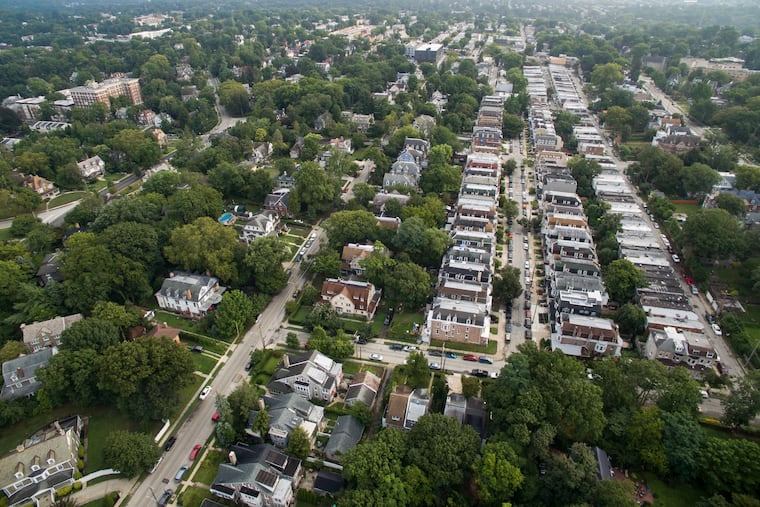Almost 25% of Philadelphia area home listings had price reductions in June.
In a positive development for prospective homebuyers in the Philadelphia area, data from Zillow reveals that approximately 24% of home listings saw price reductions in June. This figure marks an increase from 21% during the same period last year, suggesting a notable shift in the local real estate market.
As the national landscape evolves to favor buyers, the Philadelphia market continues to present unique dynamics. Despite a trend toward buyer advantage in many parts of the country, sellers in Philadelphia maintain a significant foothold. This stability can be attributed to the region’s relative affordability and a persistent mismatch between supply and demand. Even though demand has decreased, a robust competition remains due to limited inventory.
The Philadelphia market, while experiencing these fluctuations, is still in a position where lower price reductions are observed compared to national averages. Nationally, around 27% of home listings experienced price cuts in June, representing the highest figure recorded for that month by Zillow. This statistic highlights varying trends across different regions in the country.
Cities that gained popularity during the pandemic—such as Raleigh, North Carolina; Nashville, Tennessee; and Phoenix, Arizona—experienced the highest increases in price cuts. In these markets, significant construction led to an oversupply, coupled with a decline in demand, prompting sellers to adjust prices on a larger scale, with price reductions affecting more than a third of home listings.
Economists note that affordability continues to pose challenges across many U.S. markets. As sales slow, sellers are forced to recalibrate their expectations regarding property valuations. For instance, the Denver metro area reported that 38% of home listings had price cuts in June, indicating a critical adjustment phase in regions grappling with affordability issues.
In contrast, markets such as New York City and Milwaukee saw significantly lower price cuts, at 16% and 14% respectively, underscoring the varying conditions that characterize different real estate environments.
Overall, the housing market’s return to traditional patterns is contributing to a healthier rebalancing, where the alignments between buyers and sellers are readjusting. Real estate experts recommend that sellers collaborate with agents to set realistic prices while ensuring their listings gain maximum visibility. Meanwhile, buyers are encouraged to prepare financially ahead of time, focusing on managing debt and exploring available financial assistance programs to facilitate their home purchasing journey.
Media News Source







